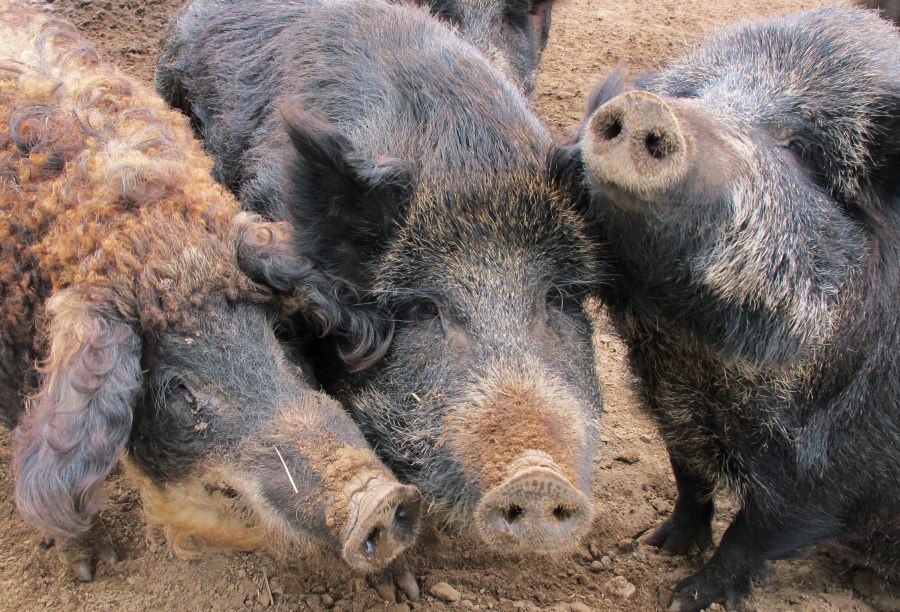Wild pigs in Monterey County were recently found to have blue-colored muscle and fat, a sign that they may have ingested toxic rodenticide bait, according to the California Department of Fish and Wildlife.
Lab testing confirmed the presence of diphacinone, an anticoagulant rodenticide, in the stomach and liver of one pig showing blue tissue. The investigation was led by CDFW’s Wildlife Health Lab and the California Animal Health and Food Safety Laboratory in Davis after a wildlife trapper reported the unusual coloring in March.
Rodenticides are designed to kill rodents but can also harm other animals, either by direct consumption or by eating animals that have been exposed.
These poisons often contain colored dyes to signal they are toxic. However, the blue color may not always be visible in contaminated meat.
“Hunters should be aware that the meat of game animals, such as wild pig, deer, bear, and geese, might be contaminated if that game animal has been exposed to rodenticides,” said Dr. Ryan Bourbour, CDFW’s pesticide investigations coordinator. “Rodenticide exposure can be a concern for non-target wildlife in areas where applications occur near wildlife habitat.”
CDFW advises hunters not to eat any part of a game animal that has blue fat or muscle or shows other unusual signs. Suspected cases should be reported to CDFW’s Wildlife Health Lab at WHLab@wildlife.ca.gov or (916) 358-2790.
Pesticide applicators are urged to take extra care to prevent exposing wildlife. This includes checking for wildlife in treatment areas, using proper bait stations, and considering alternative pest control methods.
